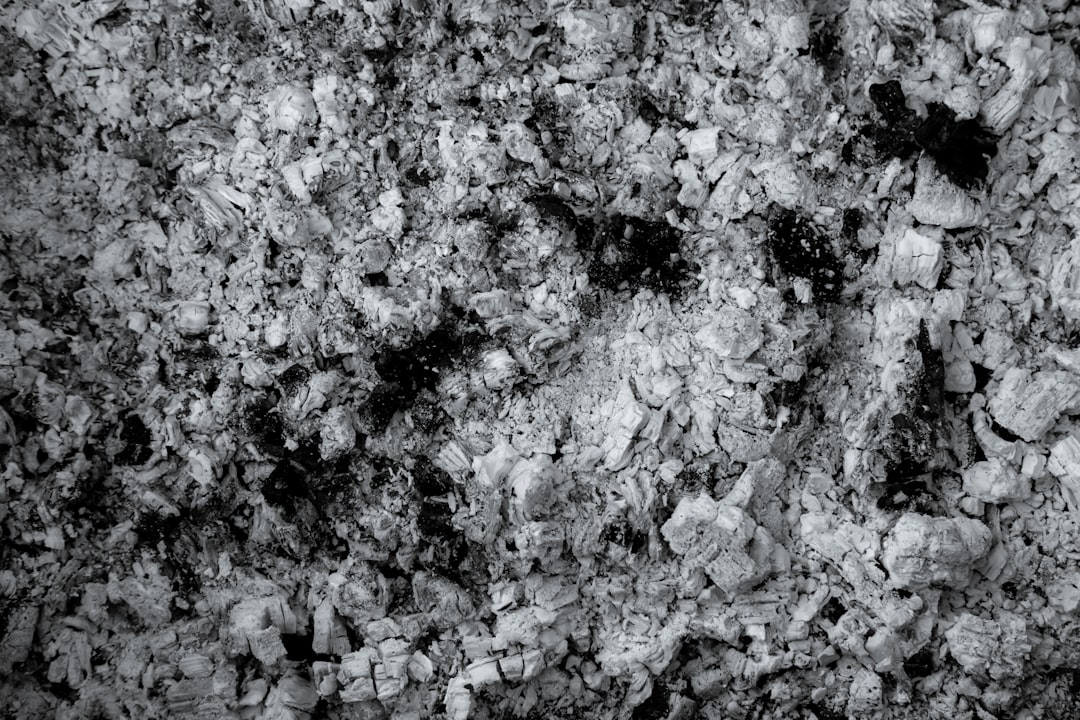What is it about?
Image formation using X-ray or electron crystallography can be considered a lens-less form of microscopy in which the far-field diffraction pattern of the object is measured, and the process of image formation is completed computationally. However, physical detectors only record the amplitude of scattered radiation, whereas both the amplitude and phase are needed to create an image. This is the crystallographic phase problem. In this paper we describe a novel and practical method of overcoming the phase problem for protein crystals. Protein crystals usually have high "solvent content", with more than 50% of the volume of a typical protein crystal being water. The solvent region is effectively featureless, and this provides a powerful constraint on the image. Our paper shows that this "solvent flatness" constraint, coupled with powerful optimization algorithms, can be used to overcome the phase problem. A correct image can be routinely formed direct from the diffraction data, when the solvent content of the crystals exceeds 70%
Featured Image

Photo by Jeremy Bezanger on Unsplash
Why is it important?
The ability to solve the phase retrieval problem in protein crystallography without recourse to experimental methods or detailed knowledge of the structure is a long sought goal. The method we describe works at the modest resolutions typical of protein crystallography, and will provide an unbiased image of the structure. At present the method only works on crystals with high solvent content. However with further development it appears likely that the threshold for applicability will drop.
Read the Original
This page is a summary of: A general method for directly phasing diffraction data from high-solvent-content protein crystals, IUCrJ, August 2022, International Union of Crystallography,
DOI: 10.1107/s2052252522006996.
You can read the full text:
Resources
Contributors
The following have contributed to this page










